In early April, the jujube fruit enters its main season, dyeing the fruit market red, covering all the markets and streets of Hanoi. This rustic fruit not only evokes the taste of childhood but also clearly reflects the current picture of the agricultural market.
Loquats flood the market
According to the reporter of Cong Thuong Newspaper, at the traditional markets or on the street stalls along the streets of Hanoi, ripe loquats are sold attractively. The price of loquats at the beginning of the season is only from 40,000 - 50,000 VND/kg, depending on the quality and origin.
Loquat is packaged in boxes and sold for 20,000 - 25,000 VND/500gr box. |
Ms. Nguyen Thi Lan, a trader at Nghia Tan market (Cau Giay district, Hanoi), shared: "This year, the jujube crop is good, the import price is also cheaper than last year, so the selling price is also very soft."
Duong Lieu Commune, Hoai Duc District is known as a famous loquat growing area in Hanoi. Ms. Thang - a loquat grower here said that at the beginning of the season, due to the low supply, the selling price will be higher than in the middle of the season.
Loquat is grown a lot in Duong Lieu commune, Hoai Duc district, Hanoi. |
“I usually sell by the box to small traders. The price at the beginning of the season will range from 150,000 - 180,000 VND/box of 10kg depending on the size of the fruit. By mid-season, it will only be 100,000 - 120,000 VND/box of 10kg ,” said Ms. Thang.
According to Ms. Thang, the jujube season will start from the beginning of March and last for more than a month until mid-April.
Mrs. Thang is harvesting jujubes to sell to traders. |
Not only in traditional markets, jujubes are also widely sold on social media platforms and e-commerce platforms. Many vendors take advantage of livestreaming to sell jujubes with dipping sauces such as Tay Ninh shrimp salt and lemon chili salt.
Mr. Hoang Manh Hung, owner of an online fruit shop, shared: "This year's jujubes are selling very well, especially the beautiful ripe jujubes. I import them from Hoai Duc, and by the morning I get them and by the afternoon they're sold out. Customers like jujubes dipped in Tay Ninh shrimp salt the most, there are days when I sell more than 50kg, not to mention the accompanying salt combos."
Not only retail, some traders also collect large quantities of jujubes to wholesale to online shops and fruit stores in other provinces and cities. Jujube shipments from Hanoi are packed and transported to Hai Phong, Nam Dinh, and even to Ho Chi Minh City.
Farmers in the "capital" of Hanoi's jujube crop have a bumper crop
In suburban districts of Hanoi such as Hoai Duc, Phuc Tho, Quoc Oai, loquat has become the main crop of the people. Areas such as Duong Lieu commune (Hoai Duc) and Hiep Thuan commune (Phuc Tho) have long been known as the "capitals" of loquat, supplying the Hanoi market with dozens of tons of fruit every day.
Farmers classify the jujubes after picking. |
According to many farmers, this year's jujube season has brought a record high yield, far exceeding all expectations. In jujube gardens in Hiep Thuan and Duong Lieu, jujube trees are bearing heavy fruit, with the number of fruits much higher than in previous years. According to farmers' calculations, this year's jujube yield in each garden has increased 2-3 times compared to last year, making the atmosphere in the jujube gardens more exciting than ever.
Ms. Nguyen Thi Toan, a long-time grower of jujube in Duong Lieu, shared: "Every year, each tree only produces about 10 - 15 kg of jujube, but this year there is a tree that produces up to 30 kg. The whole garden looks bright red, traders come to buy early."
According to Ms. Toan, this year, the weather is favorable with stable temperatures and little frost, helping the jujube trees grow strongly. This year's jujube yield is 30-50% higher than last year. Not only is the fruit abundant, the jujubes are also larger in size, have beautiful shiny red skin, and are less susceptible to blemishes or pests.
This year, the loquat crop is good, bringing big profits to growers. |
With the sharp increase in output, the harvest of loquat also takes place continuously throughout the season. Loquat growing families in Hiep Thuan and Duong Lieu are currently harvesting loquat fruits continuously every day, with many gardens able to harvest 300 - 500kg of fruit per day.
Mr. Le Van Minh, a jujube garden owner in Phuc Tho, excitedly shared: "This year the fruit is heavy on the branches, and the harvest is continuous but still not finished. In just one week, I have harvested nearly a ton of fruit, while last season it took a whole month to get the same amount."
Mr. Minh also shared that a household growing 5 sao of loquat in Phuc Tho can harvest from 1.5 to 2 tons of fruit during the season. With the current selling price of 20,000 - 25,000 VND/kg, each crop can bring them from 30 to 50 million VND, depending on the amount of fruit harvested. This is not a small number compared to other crops, such as vegetables or flowers.
Plum trees are laden with fruit at gardens in Duong Lieu commune, Hoai Duc district. |
To increase the value of this fruit, many farmers have proactively linked up with traders, improving preservation and transportation methods to keep the fruit in the best quality when it reaches consumers. Despite the challenges, they still hope for market support to continue to maintain and develop the traditional jujube growing profession.
Loquat season usually starts from early March to mid-April, when the drizzle begins to fade, giving way to warm sunshine, and the red color of ripe loquat gradually appears on the streets. |
Minh Dat
Source: https://congthuong.vn/nhot-nhuom-do-thi-truong-dan-thu-phu-dua-nhau-hai-bac-380993.html


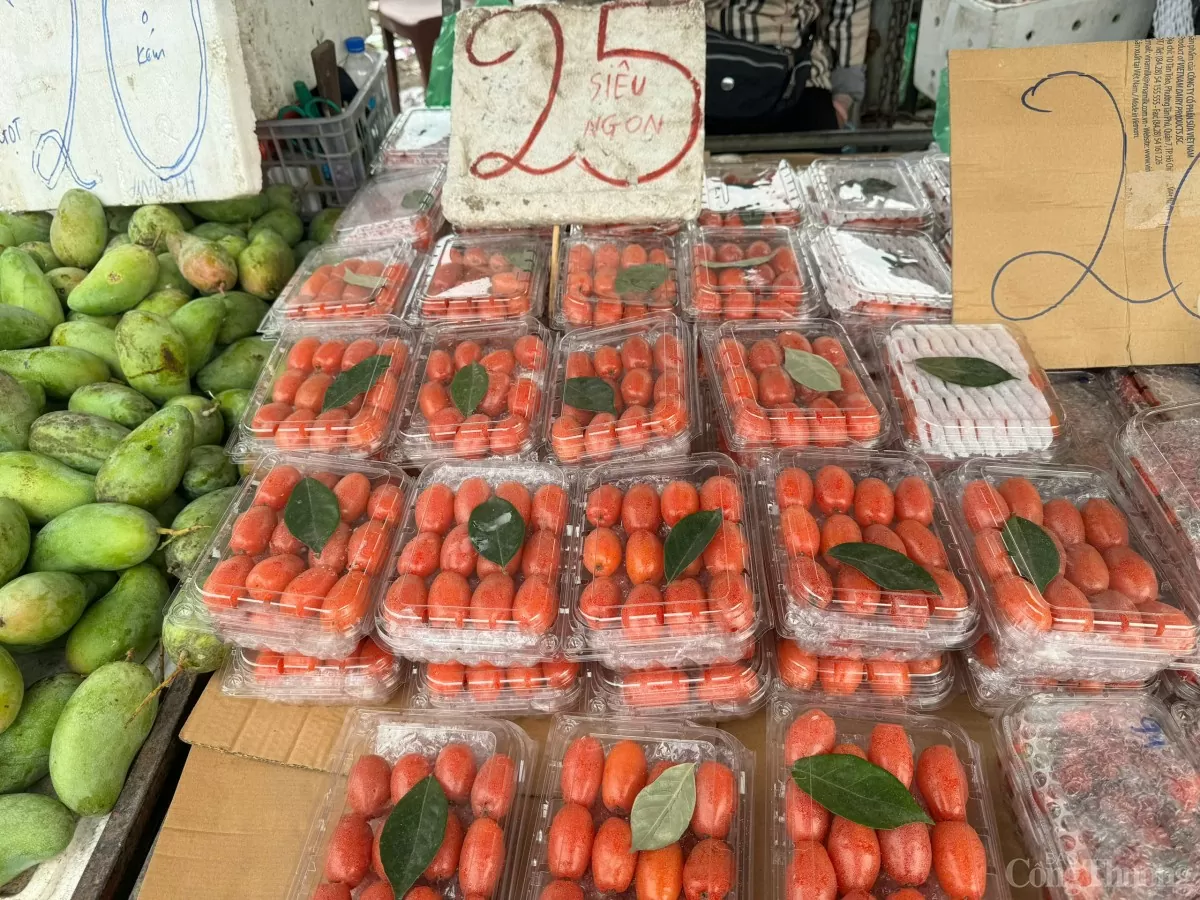
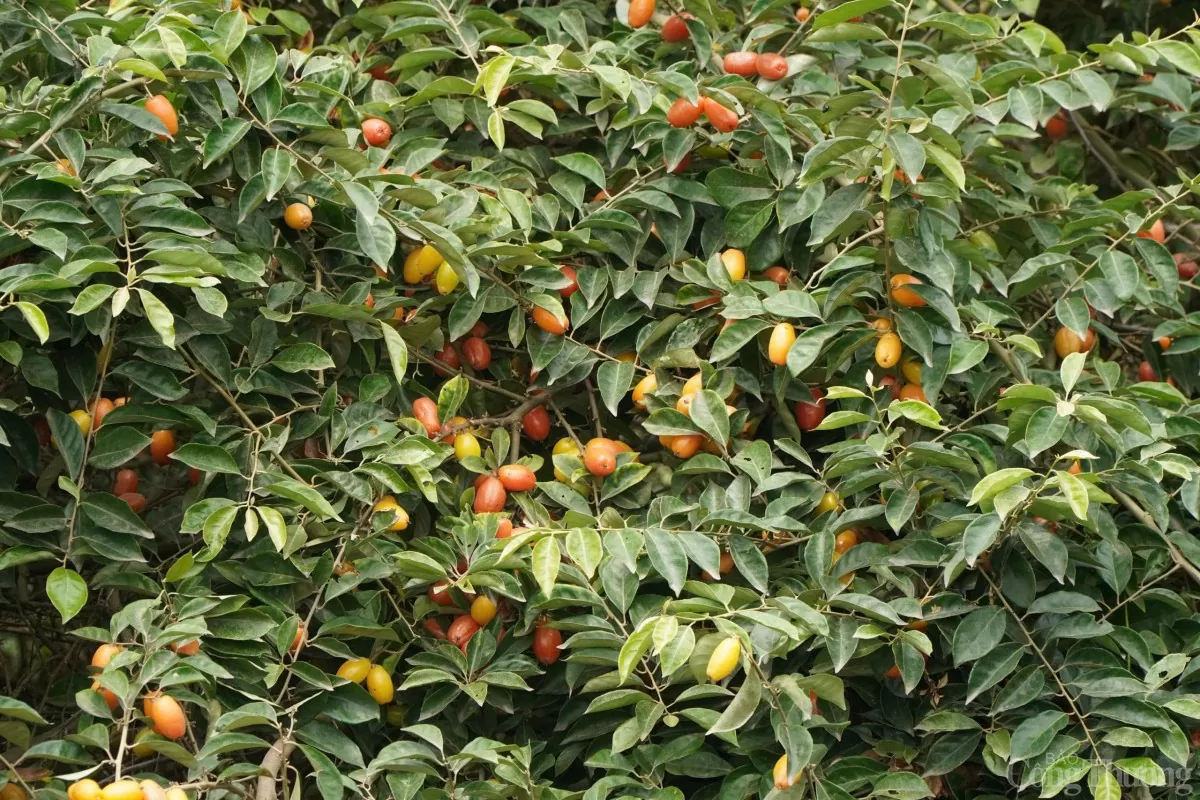
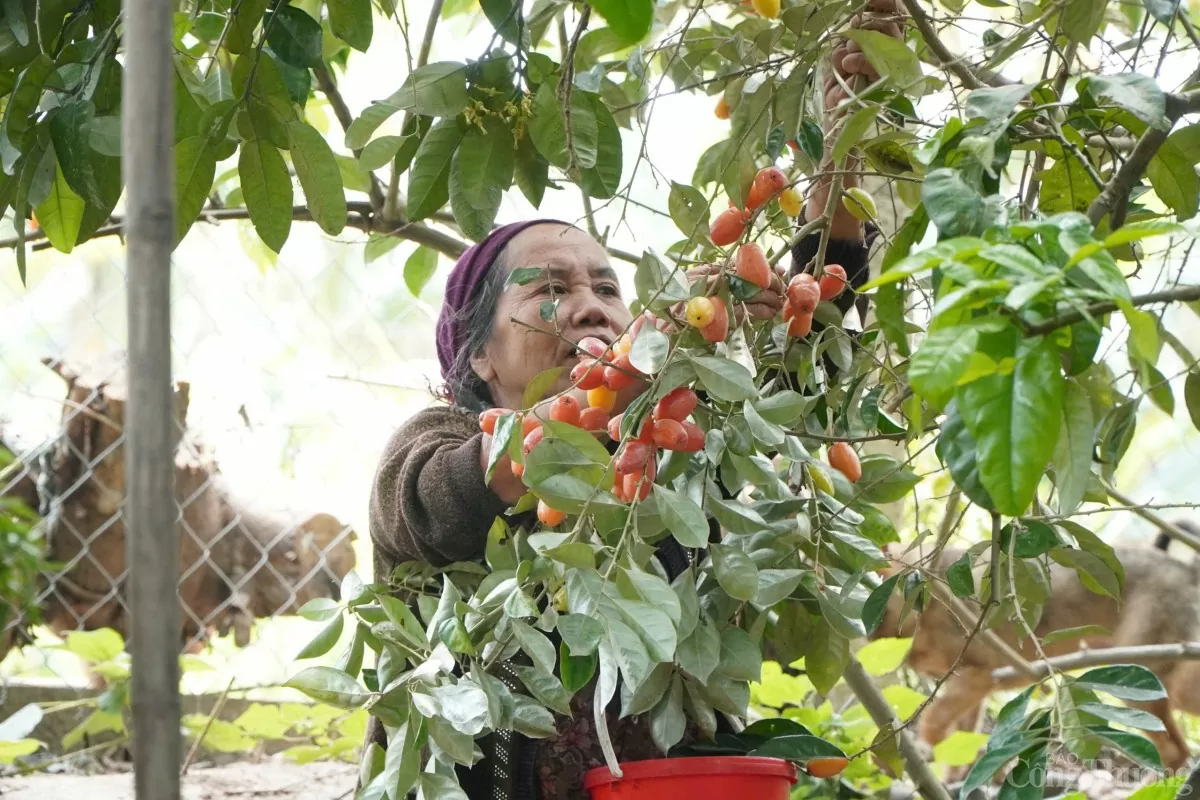
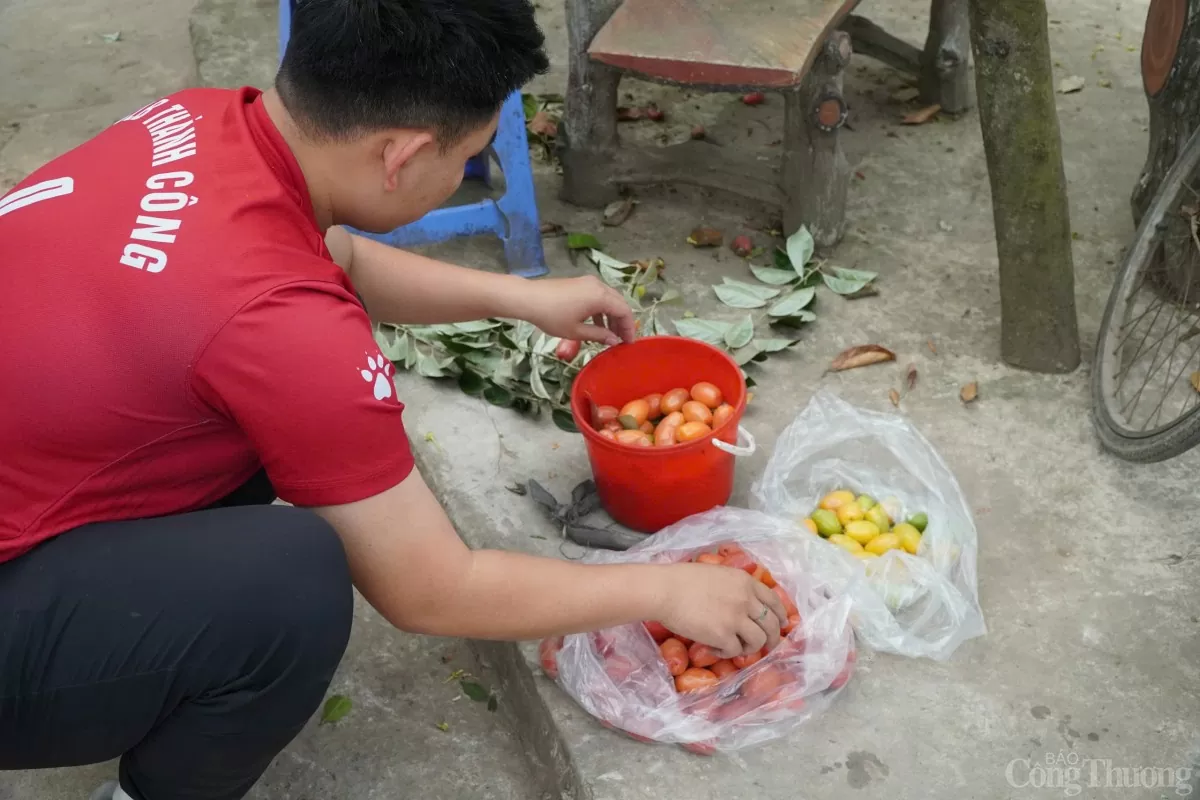
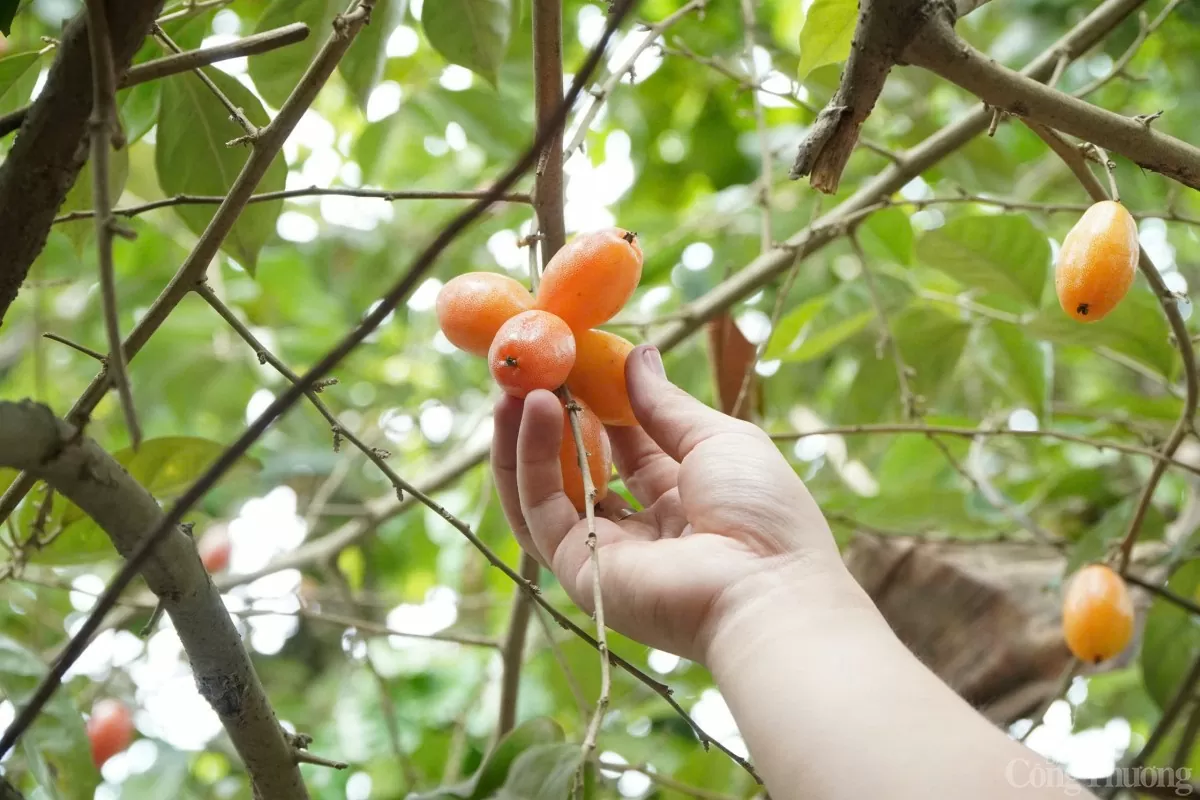






![[Photo] Closing of the 11th Conference of the 13th Central Committee of the Communist Party of Vietnam](https://vstatic.vietnam.vn/vietnam/resource/IMAGE/2025/4/12/114b57fe6e9b4814a5ddfacf6dfe5b7f)


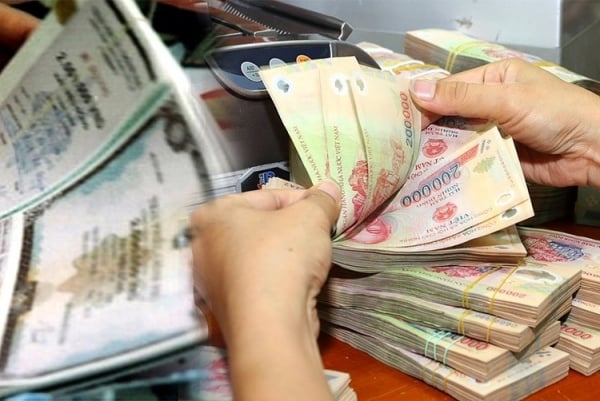


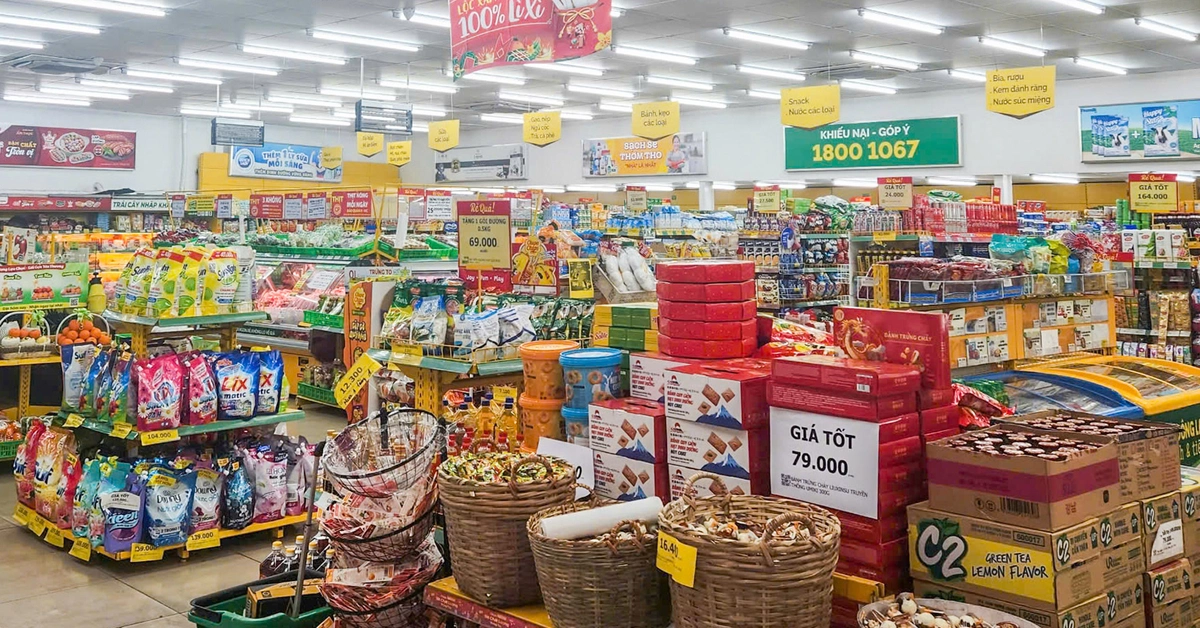




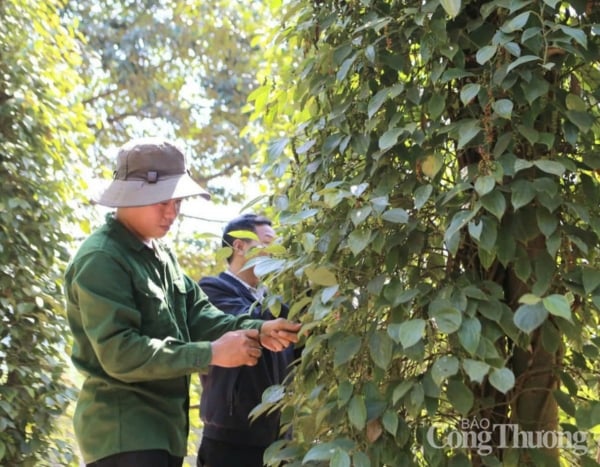
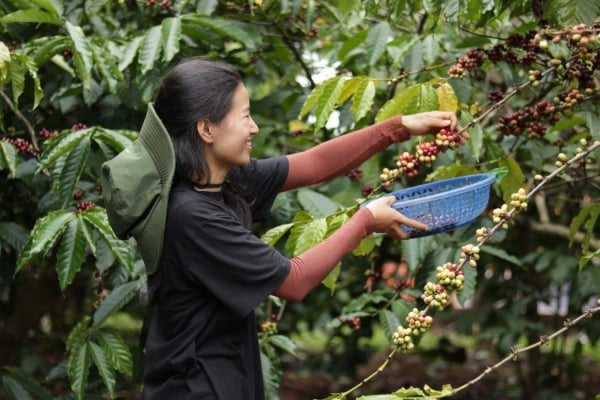




![[Photo] Overcoming all difficulties, speeding up construction progress of Hoa Binh Hydropower Plant Expansion Project](https://vstatic.vietnam.vn/vietnam/resource/IMAGE/2025/4/12/bff04b551e98484c84d74c8faa3526e0)





















































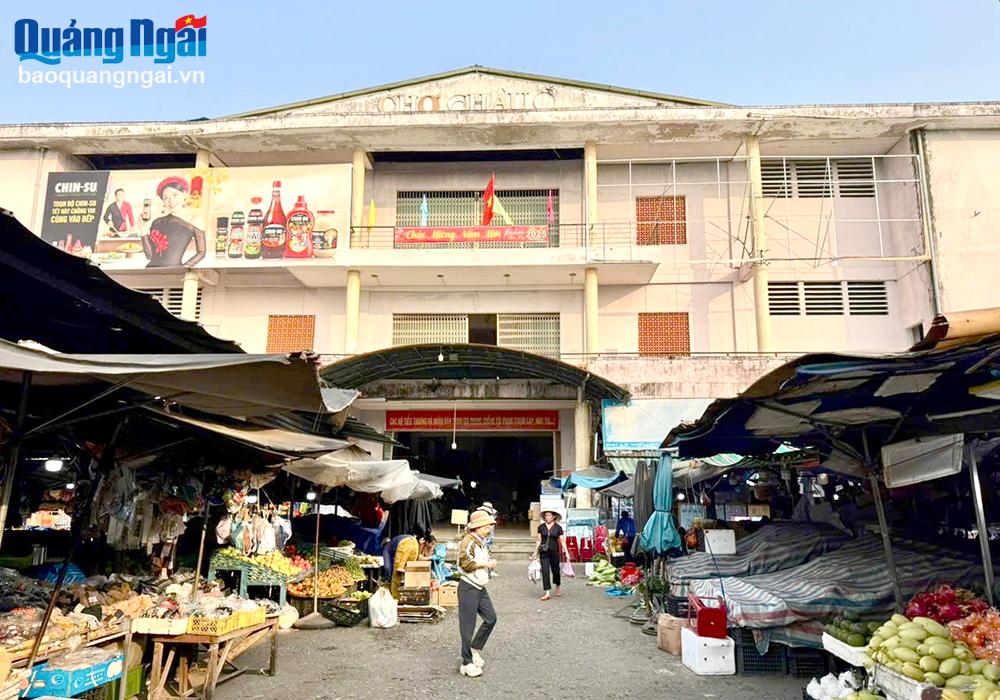










Comment (0)